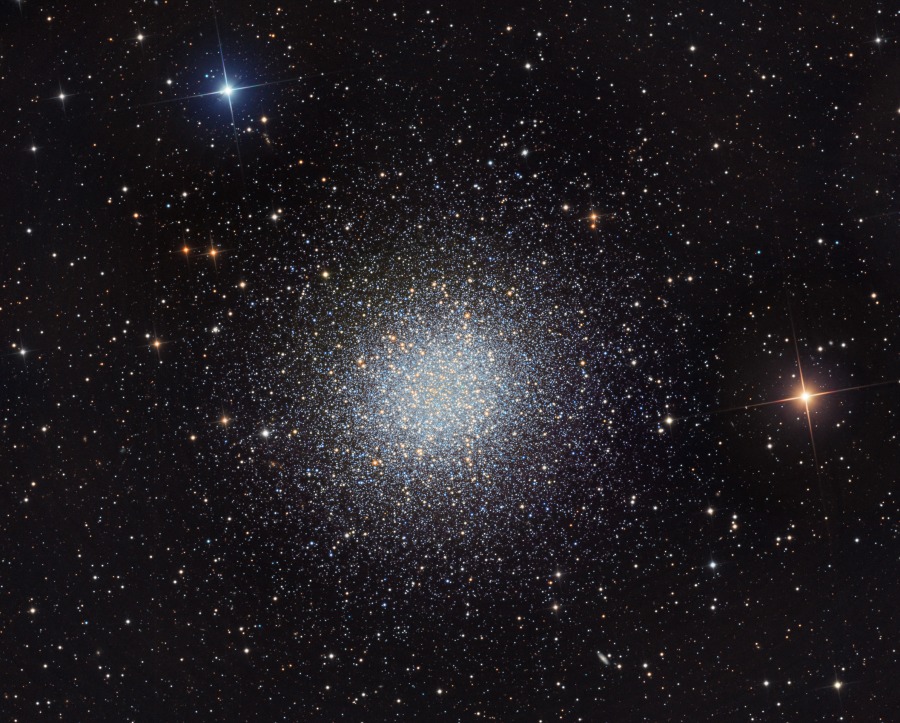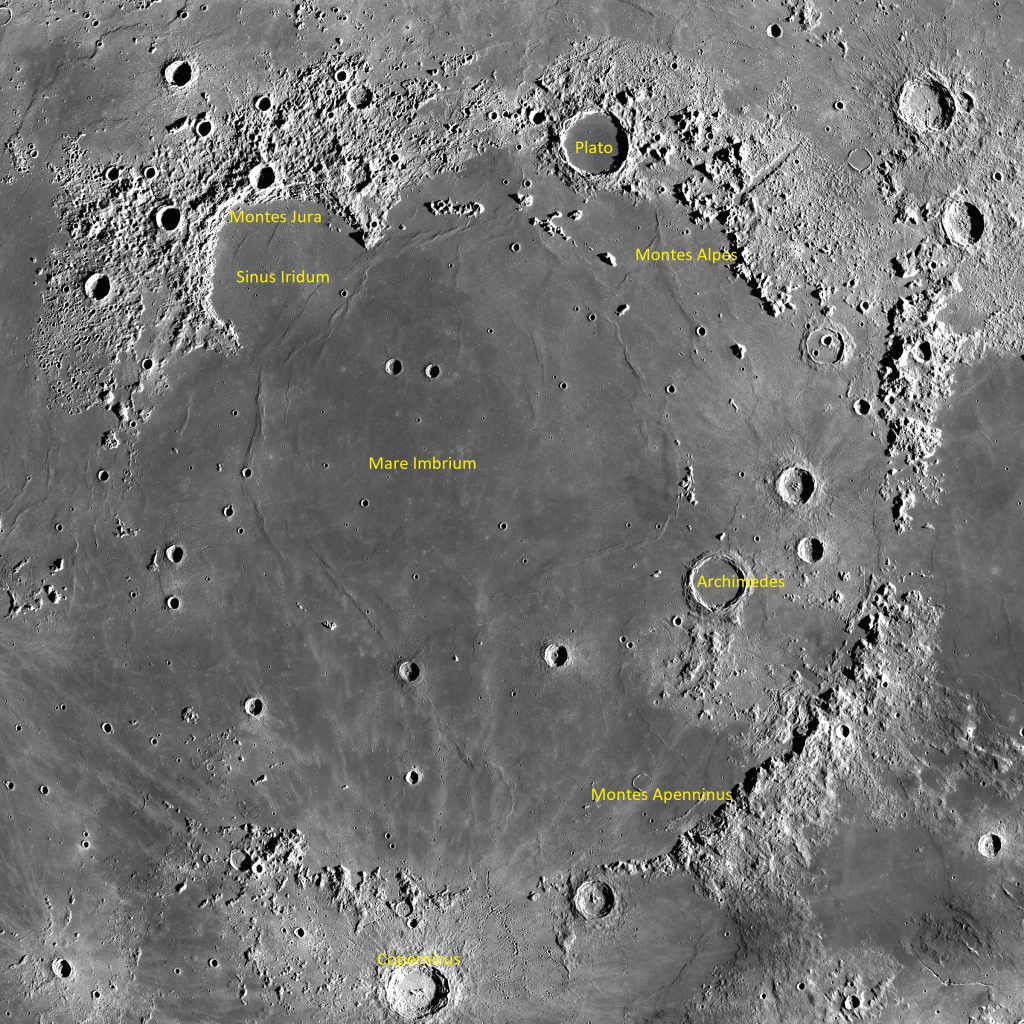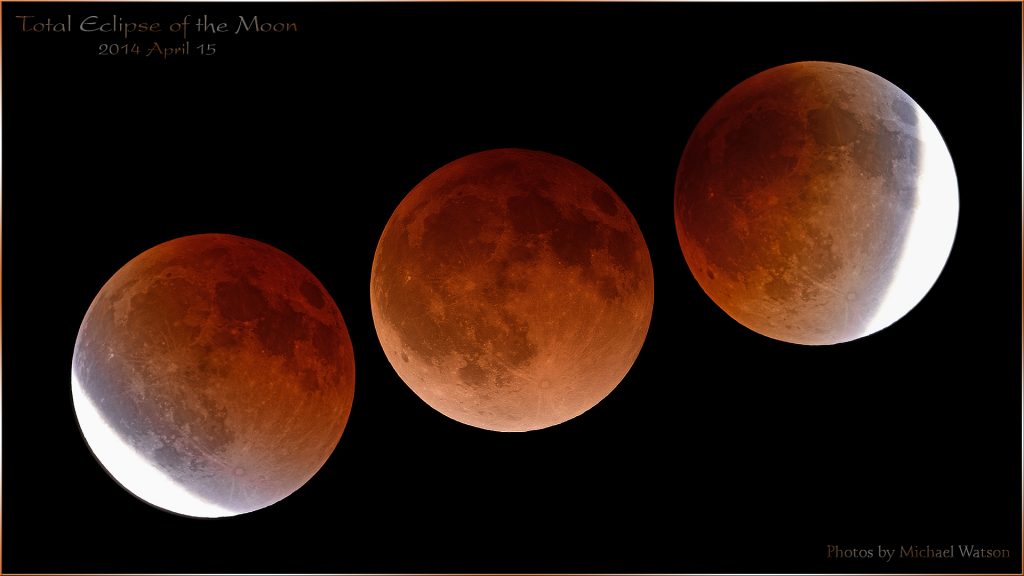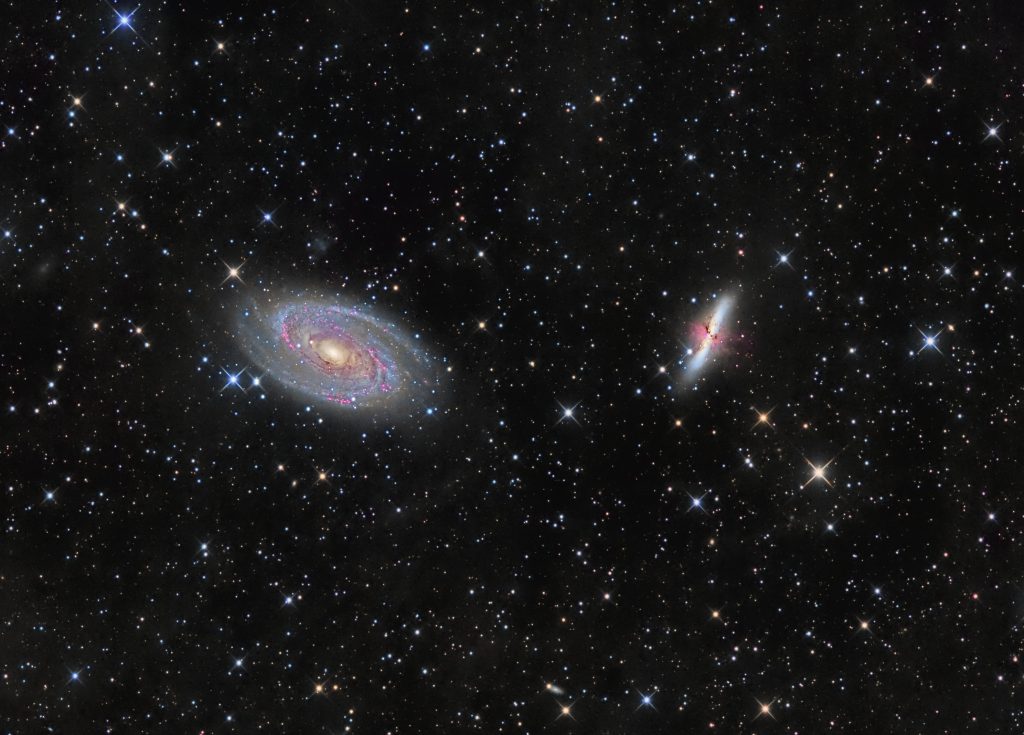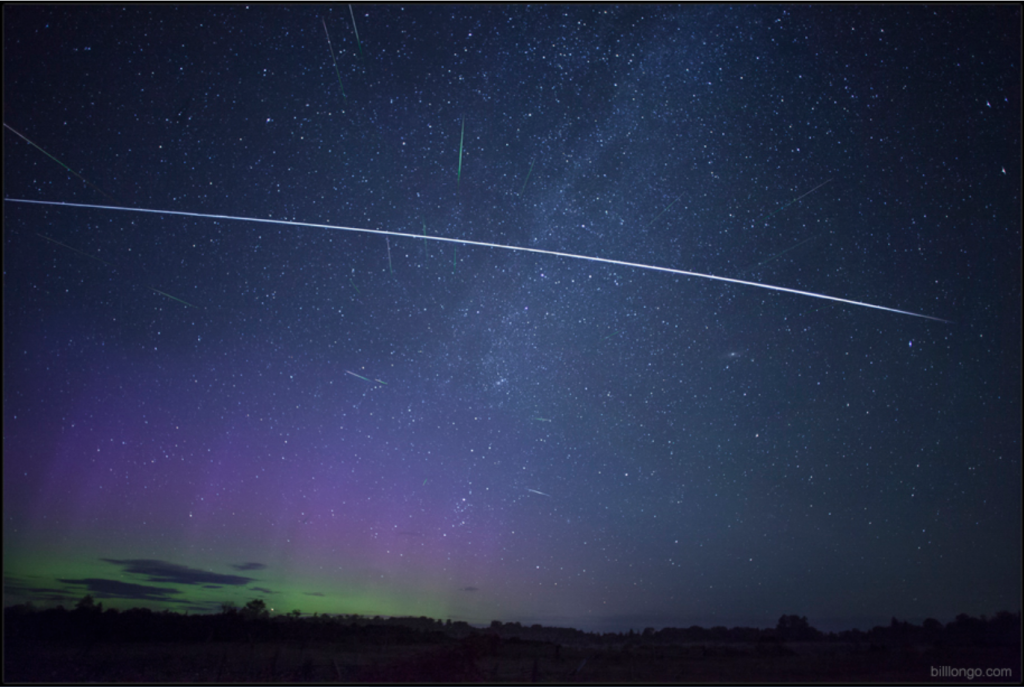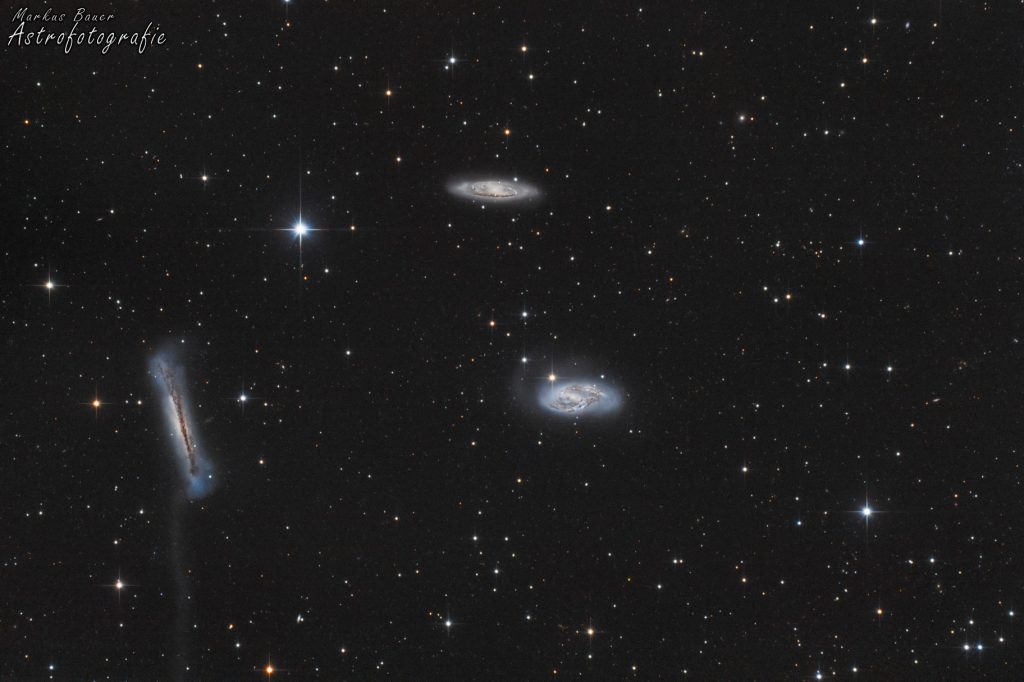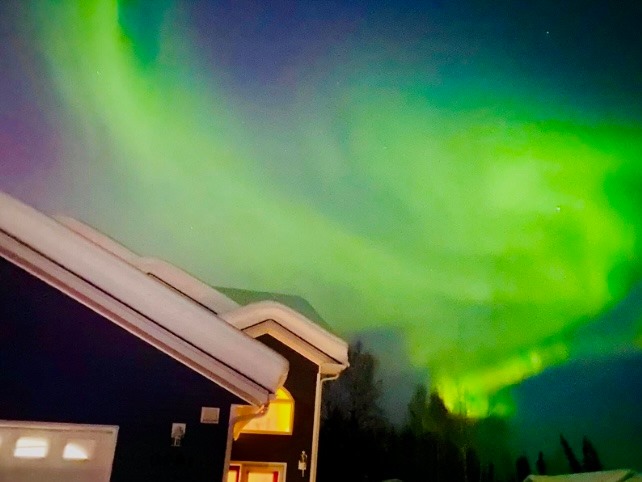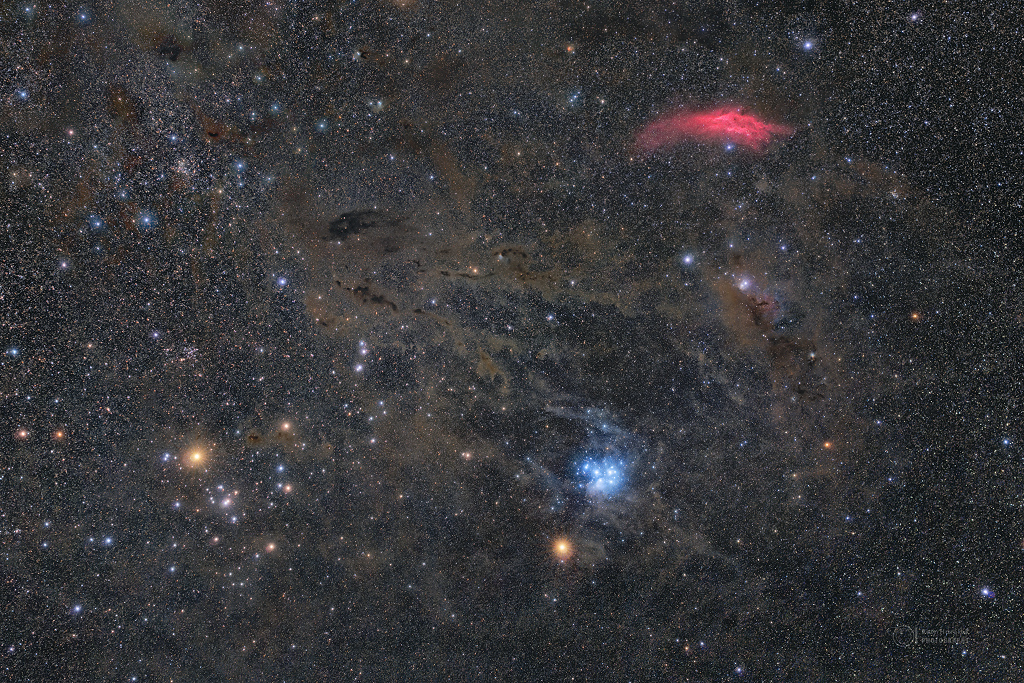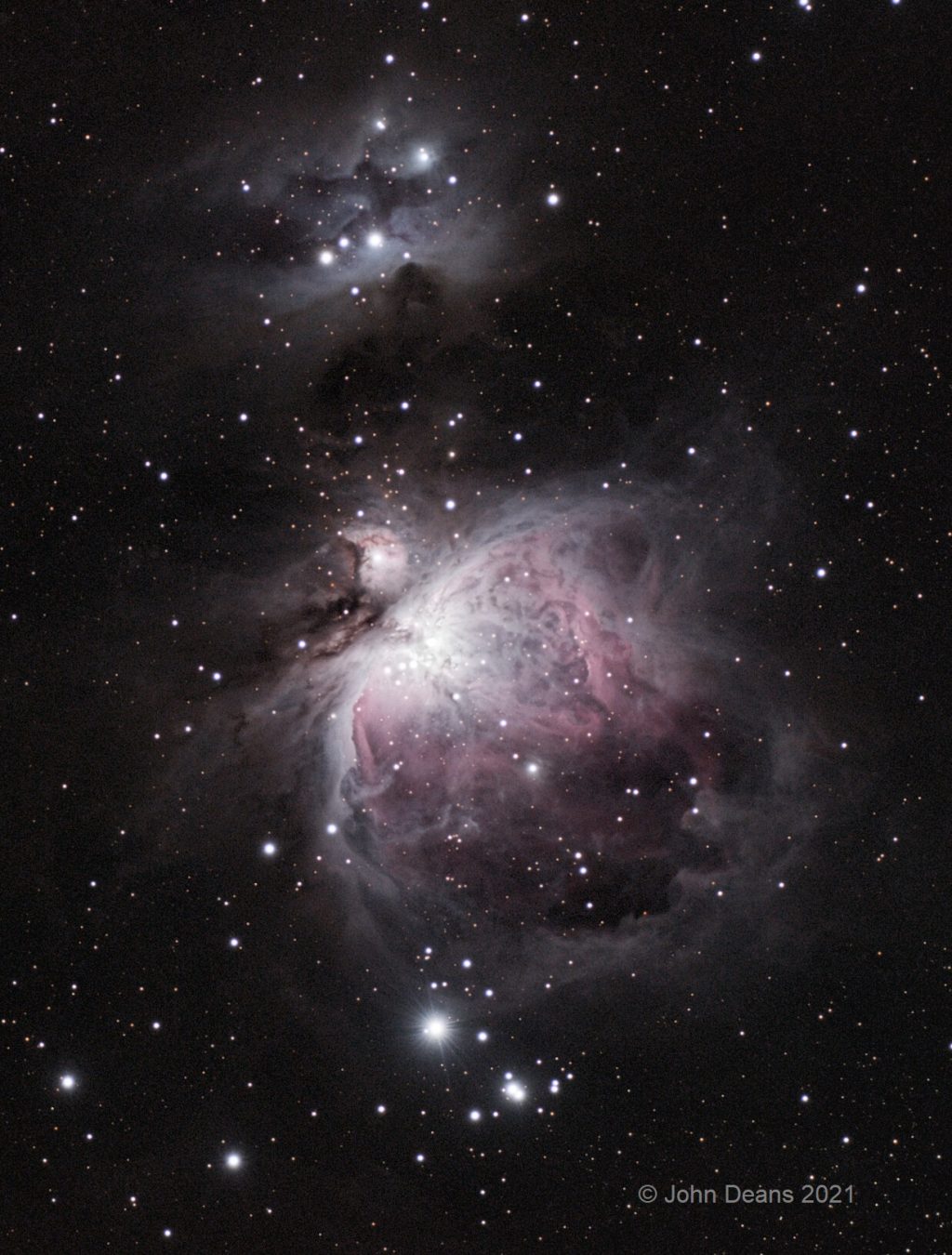A Look at Ophiuchus, Aphelion for Earthlings, Mighty Planets Post-midnight, Young Moon meets Mercury, and then Venus-Mars!
This terrific image by Amir H. Abolfath was featured in NASA’s Astronomy Picture of the Day (APOD) for October 14, 2020. The bright star inside the orange zone at lower left is Antares in Scorpius. The big and bright globular cluster Messier 4 sits to its lower right. The pink region is glowing hydrogen gas…
Read more

